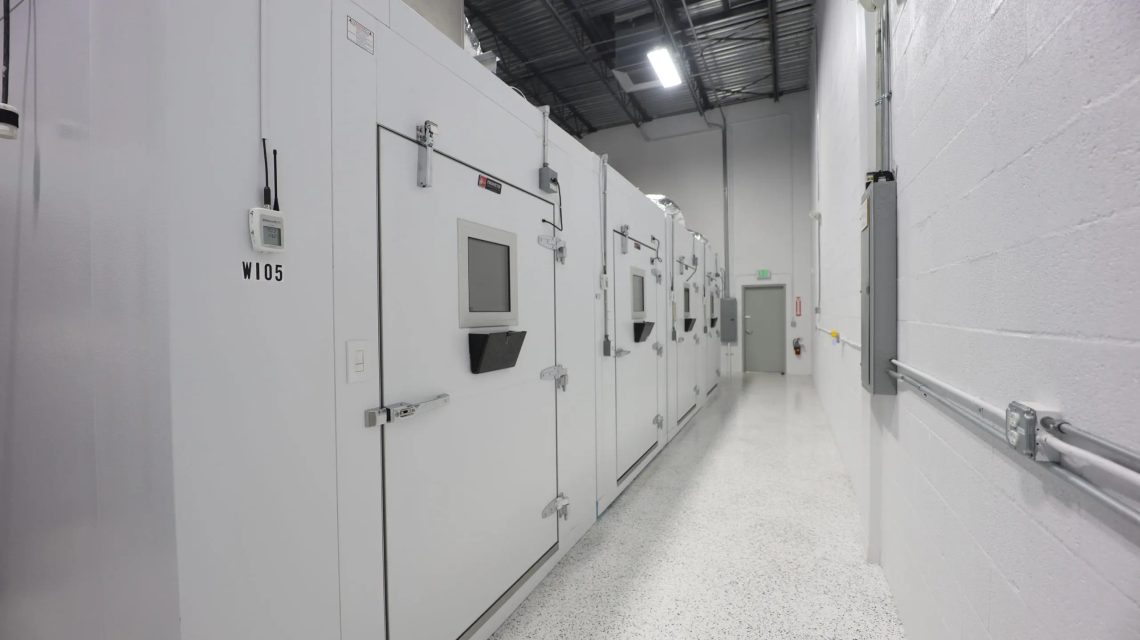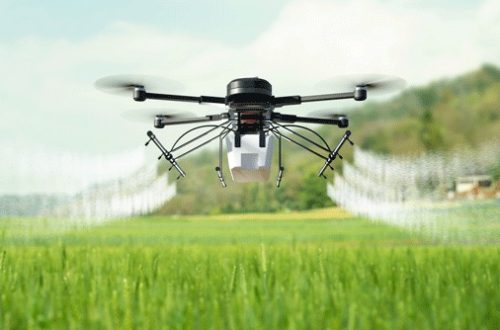In recent years, the global industrial landscape has witnessed a significant shift towards sustainable practices. As industries strive to minimize their environmental footprint, one area that deserves attention is the manufacturing of stability chambers. These chambers play a crucial role in various industries, including pharmaceuticals, biotechnology, and research. Adopting a green approach in Walk in Stability Chamber manufacturing not only aligns with the growing demand for sustainable solutions but also contributes to the overall well-being of our planet.
The Need for Sustainable Stability Chambers:
Stability chambers are specialized environments designed to simulate and maintain specific temperature, humidity, and light conditions for testing the stability and shelf life of products. These products include pharmaceuticals, vaccines, and other sensitive materials that require precise storage conditions. Traditional manufacturing processes for stability chambers often involve resource-intensive methods, contributing to energy consumption, waste generation, and carbon emissions.
The Green Revolution in Stability Chamber Manufacturing:
- Energy-Efficient Design:
The first step towards sustainable stability chamber manufacturing is the incorporation of energy-efficient design principles. Manufacturers are now focusing on designing chambers that use advanced insulation materials, intelligent temperature control systems, and energy-efficient lighting. This not only reduces energy consumption but also lowers operational costs for end-users.
- Sustainable Materials:
Choosing sustainable and eco-friendly materials is a key aspect of green manufacturing. Manufacturers are increasingly opting for recycled and recyclable materials in stability chamber construction. This not only reduces the demand for new raw materials but also minimizes waste generation, contributing to a circular economy.
- Renewable Energy Integration:
To further enhance the sustainability of stability chamber manufacturing, integrating renewable energy sources is a game-changer. Solar panels, wind turbines, and other renewable energy systems can be incorporated to power stability chambers, making them more environmentally friendly and reducing reliance on conventional energy sources.
- Lifecycle Assessments:
A holistic approach to sustainability involves considering the entire lifecycle of stability chambers, from raw material extraction to disposal. Conducting thorough lifecycle assessments allows manufacturers to identify opportunities for improvement in terms of resource efficiency, energy consumption, and waste reduction.
Benefits of Green Stability Chamber Manufacturing:
- Environmental Impact Reduction:
Adopting a green approach in stability chamber manufacturing significantly reduces the environmental impact of these essential devices. Lower energy consumption, the use of sustainable materials, and renewable energy integration contribute to a more eco-friendly manufacturing process.
- Cost Savings for End-Users:
Sustainable stability chambers not only benefit the environment but also result in cost savings for end-users. Energy-efficient designs lead to reduced operational costs, making these chambers more economically viable over their lifecycle.
- Corporate Social Responsibility (CSR):
Manufacturers embracing sustainable practices in stability chamber production enhance their corporate social responsibility (CSR) profile. This, in turn, attracts environmentally conscious customers and stakeholders, fostering a positive brand image.
Conclusion:
The transition towards sustainability in stability chamber manufacturing is an essential step in addressing the environmental challenges faced by industries today. By adopting energy-efficient designs, using sustainable materials, integrating renewable energy sources, and conducting lifecycle assessments, manufacturers can contribute to a greener future.





